“Narcissus” by Caravaggio – Painting of Narcissus Analysis
Vanity can cause a lot of trouble and even lead to death, which was the case for Narcissus, who could not stop looking at his own reflection in the water. He has also been the subject of numerous paintings in art history. This article will discuss one such example titled Narcissus (c. 1597 – 1599) by the early Baroque painter, Caravaggio.
Artist Abstract: Who Was Caravaggio?
Michelangelo Merisi de Caravaggio, who is commonly known as Caravaggio, was a famous painter during the years of the High Renaissance and Mannerism. He is known as the progenitor of the Baroque art period. He was born on September 29, 1571, in Milan, Italy, and died on July 18, 1610, in Porto Ercole in Tuscany. He became famously infamous and reportedly had a conflict-ridden life. Despite his challenges, he was a pioneering artist with a painting style that moved beyond the idealism of the Renaissance, depicting his figures in a realistic manner, and often highlighting the dramatism of a scene, furthermore, he was known for utilizing the technique called tenebrism. Several of his paintings include The Calling of Saint Matthew (1599 – 1600), Judith Beheading Holofernes (1599 – 1602), and Saint Jerome in Meditation (1605).
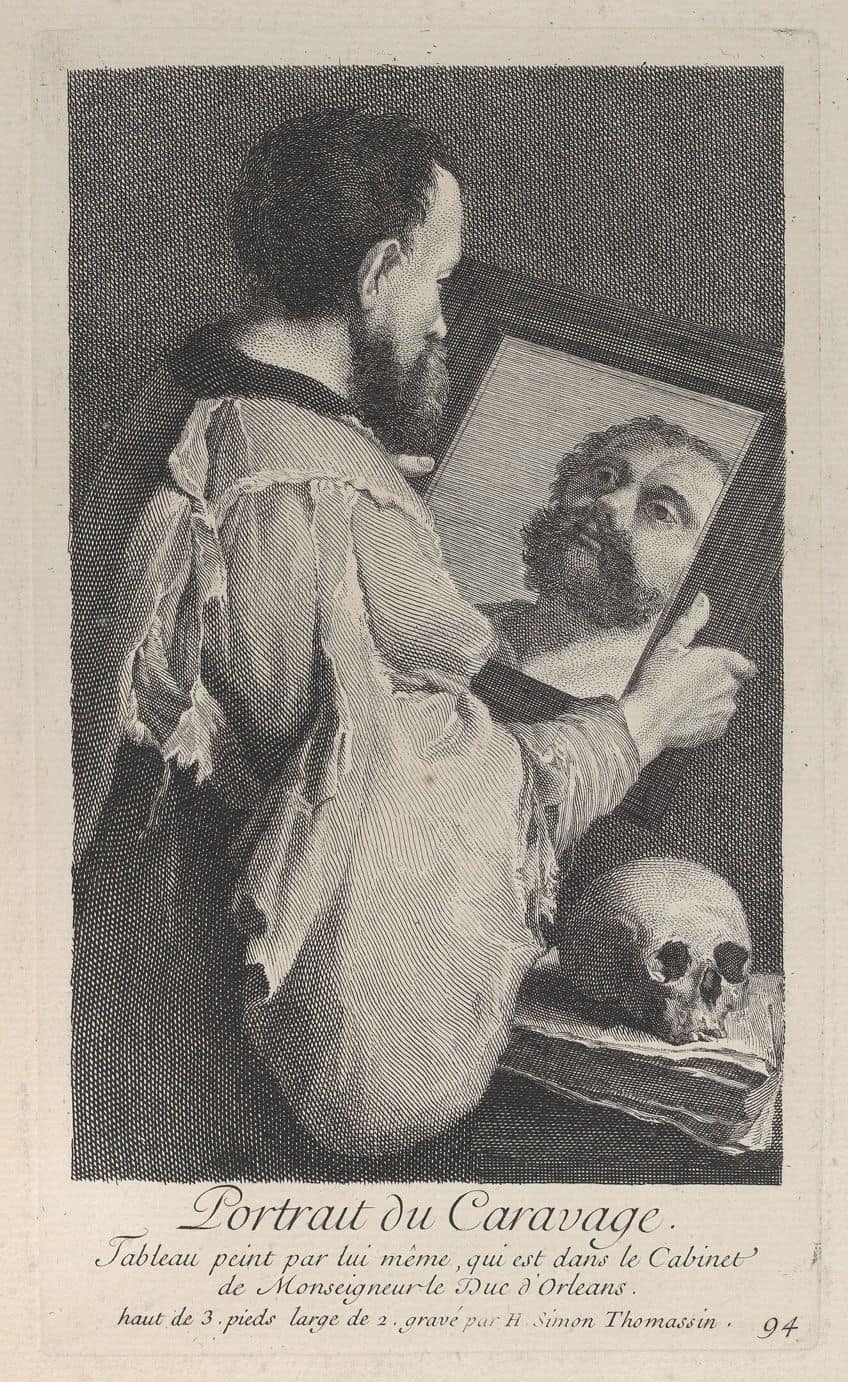
Narcissus (c. 1597 – 1599) by Caravaggio in Context
In the painting of Narcissus analysis below you will read more about when Caravaggio painted this masterpiece, including what the Greek mythological story of Narcissus is about. A closer examination of the painting will discuss the subject matter further including how the art elements compose the piece.
| Artist | Caravaggio |
| Date Painted | c. 1597 – 1599 |
| Medium | Oil on canvas |
| Genre | Mythological painting |
| Period/Movement | Baroque art |
| Dimensions (cm) | 110 x 92 |
| Series/Versions | N/A |
| Where Is It Housed? | Galleria Nazionale d’Arte Antica, the Palazzo Barberini, Rome, Italy. |
| What It Is Worth | It was reportedly donated as a gift to the museum in 1916 by Vasilij Bogdanovič Khvoschinskij. The price is uncertain. |
Contextual Analysis: A Brief Socio-Historical Overview
Narcissus by Caravaggio was painted between 1597 and 1599. It was inspired by the Greek myth of the boy called Narcissus. The subject was reportedly inspired by the version of the myth told in the poem titled Metamorphoses (8 AD), by the Roman poet widely known as Ovid.
Before we introduce who exactly Narcissus was, let us recount the artistic period during which Caravaggio painted and several important characteristics of his art style. He was known as one of the leading artists of the early Baroque period, which started around the 1580s until the early 1700s. The Baroque period developed after Mannerism, and Mannerism developed after the High Renaissance, which was around the 1520s.
Caravaggio was popular for his utilization of dark and light contrasts, which created a heightened dramatism in his paintings, also a typical Baroque art characteristic. This specific technique is referred to as tenebrism.
It is almost a step up from the other technique known as chiaroscuro, which you will remember was famously attributed to the beloved Leonardo da Vinci from the High Renaissance period. However, tenebrism focused on dark, usually close to black, shadows. Another example from Caravaggio to illustrate this is The Taking of Christ (c. 1602), which depicts a stark contrast of an almost black background and areas of dark shadows on the figures, creating a pop of light illuminating their faces and clothing.
Caravaggio was also well known for his naturalistic subject matter, and he reportedly painted from models that gave the impression of everyday people, comparable to the more perfectly rendered ideals of the figure from the Renaissance art style.
Who Was Narcissus?
Narcissus was a young hunter from Greek mythology, his birthplace was Thespiae in Boeotia in Greece. He was known for being strikingly attractive but fell prey to his own beauty and rejected those who loved him. According to the Greek myth, Narcissus’s mother, Liriope, who was a nymph, learned from Tiresias, a Greek prophet, that her son would live long only on the condition that he never found out about himself, or got to see who he was.
However, one day, when Narcissus was near water, he caught sight of himself through his reflection. He became entranced with his own beauty, which caused his eventual death because he could not leave sight of himself and did not drink or eat food. After he died, he became a daffodil flower, which is the origin of the flower’s nomenclature.

Furthermore, Narcissus was a widely chosen subject for paintings throughout art history and has been depicted in a myriad of fashions, both by Renaissance and Baroque era artists and more modern artists. Several interesting iterations of the Greek boy of beauty include Echo and Narcissus (1771) by the Rococo painter Louis-Jean-François Lagrenée, Echo and Narcissus (1903) by John William Waterhouse, who was an Academic and Pre-Raphaelite painter, and the Surrealist Salvador Dalí’s Metamorphosis of Narcissus (1937).
A more contemporary version emulates Caravaggio’s composition, titled Narcissus, After Caravaggio (2005), and part of the series Pictures of Junk by the Brazilian artist and photographer Vik Muniz. This work was created of physical items of rubbish, from metals, and rubbers, to plastics, all artfully arranged on a large floor reportedly as big as a basketball court. It was made to resemble Narcissus gazing at himself as seen in Caravaggio’s painting. The composition was then photographed from above.
What Does Caravaggio’s Narcissus Painting Mean?
A possible interpretation of Caravaggio’s Narcissus can point to it being made as a vanitas, which was a genre of paintings that included allusions to death to highlight the shortness of life and that eventually that everyone will die. Vanitas paintings were typically portrayed as still lifes depicting various man-made items that would symbolize earthly pleasures or pastimes, for example, wine, food, books, jewelry, coins, and musical instruments, among others.
These paintings would also include skulls, candles, or items conveying the sense of time and ultimately the shortness of life.
This is what Narcissus can potentially represent too, the idea of being so involved in life and beauty, otherwise vanity, and it does not last because death is an inevitable part of life.
Formal Analysis: A Brief Compositional Overview
The painting of Narcissus analysis below will discuss the formal qualities of the artwork in terms of the subject matter and main elements of art like color, texture, line, shape, form, and space. Caravaggio was well-known for creating distinct contrasts between light and dark in his paintings, which created beautiful dramatic effects, but let us take a closer look at how he applied this in Narcissus.

Subject Matter: Visual Description
Set against a black background is the central figure of Narcissus. He is sitting on what appears to be his bent right leg, which reveals the skin of his exposed kneecap. From his almost hunched seated position, and with both of his hands out in front and partially to the sides of him, supporting him, he leans over a pool of water, which appears almost equally as black as the background.
Narcissus is intently gazing at his own reflection in the water, and while he is completely unaware of anything else, we, the viewers, are met with his reflection in the lower half or foreground of the composition – a complete mirror image of his real self, which composes the upper half.
The figure of Narcissus is portrayed as a young boy with short, neatly combed, auburn hair. His outfit resembles that of the Medieval time. He is wearing a blue-grayish-colored doublet. This has been described as made of a type of woven fabric called brocade, and it has a raised floral pattern on it.

He wears a white silken shirt under it that appears folded at his elbows revealing his forearms; this could be a long sleeve. His pants are a bluish color and folded over his bent right leg revealing his exposed kneecap. His left leg appears bent next to it, but it is covered.
Color
There are only several colors composing Narcissus by Caravaggio, notably the blues and whites of his clothing, skin tones, and hair color. The surrounding composition is dark, with black and what appears to be a dark brown for the ground Narcissus sits on. Caravaggio’s application of dark and light is evident here and creates a distinctive contrast. The black background has also been noted to provide more emphasis on the central figure of Narcissus, who in turn, appears illuminated by an unknown light source.

Texture
Caravaggio’s brushwork indicates realistic textures for the subject matter, for example, Narcissus’s smooth skin tone, which reveals almost no indication of the brushstrokes, or the soft curls of his hair, the silken smoothness of his brocade beautifully contrasted with the crumpled folds of his shirt underneath.
The water appears calm, crystalline, and fluent, which is contrasted with the hard immovable ground.
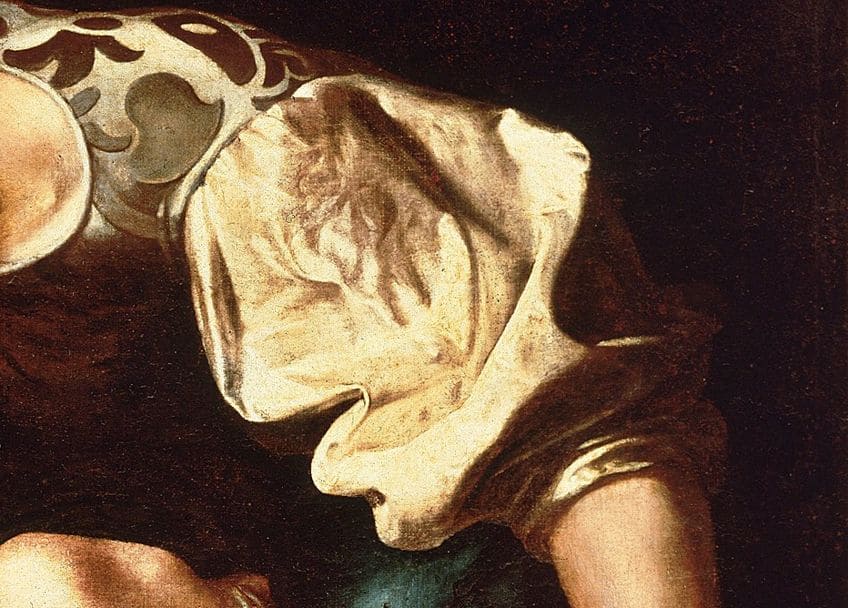
Line
Caravaggio depicted curved lines, creating a naturalism in the Narcissus painting, and through art elements like color and shading, the natural contours are conveyed. The composition is also divided into an upper and lower portion, which is evident by the delicate details of the horizontal line created by the edge where the ground and water meet, notice the white slivers of paint.

Shape and Form
There are organic forms composing Narcissus by Caravaggio, and a sense of three-dimensionality, and naturalism is conveyed by the artist’s utilization of highlights and shadows. Furthermore, the seemingly unconstrained posture of Narcissus himself lends an air of naturalism to the composition.
The shape of his body has been likened to a serpentine shape, which was utilized by Mannerism artists to indicate the movement and expressiveness of the figure.
Interestingly, and important to remember, is that this serpentine posture has been compared to how Renaissance artists portrayed figures, which were in more classical poses like the contrapposto. The latter was slightly different and more elegant in the curvature of the figure, whereas the serpentine posture was more twisted and contorted to convey a sense of drama.

Space
Narcissus by Caravaggio depicts the central figure as almost in our, the viewers’, space, as if we are sitting right across from him as he gazes at himself. Furthermore, he places Narcissus as the only figure in the composition, and without any other details except for the water and his own reflection. The black background encloses the space further and creates a unique mood.
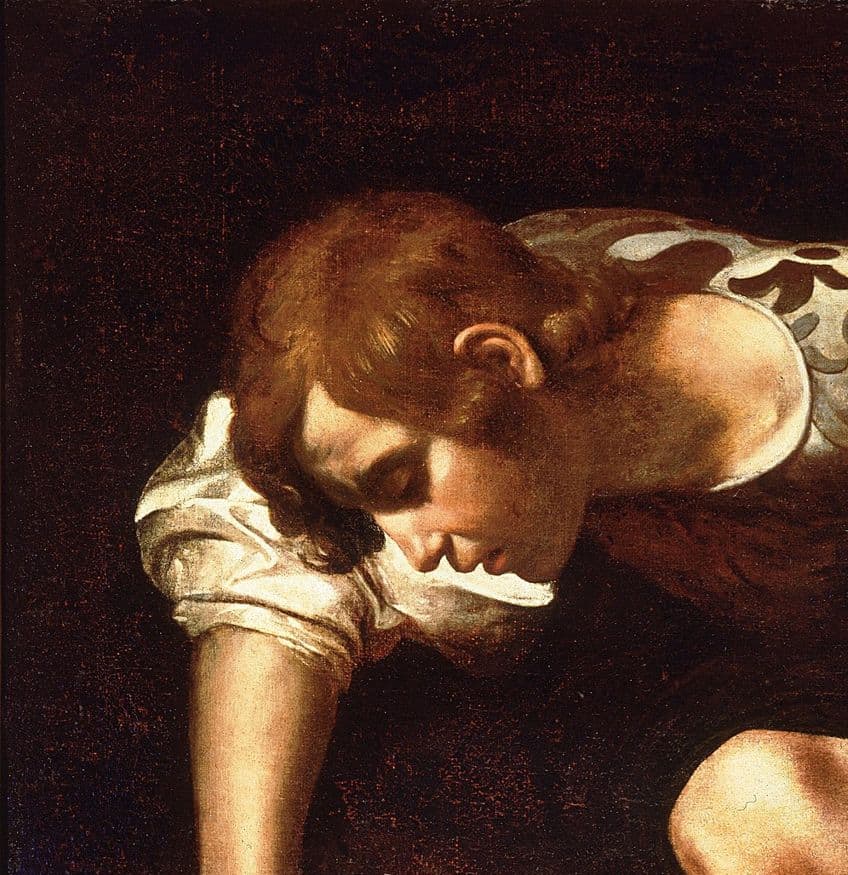
Looking Beyond the Reflection
The Narcissus painting as an original by Caravaggio has been questioned, however, its stylistic qualities proved to have been attributed to Caravaggio’s art style. The art historian Roberto Longhi reportedly claimed in 1916 that it was created by the artist, however, the painting was also mentioned in documents when it was exported in May 1645 from Rome to Savona, which reportedly stated, “a Narcissus from the hand of Caravaggio”.
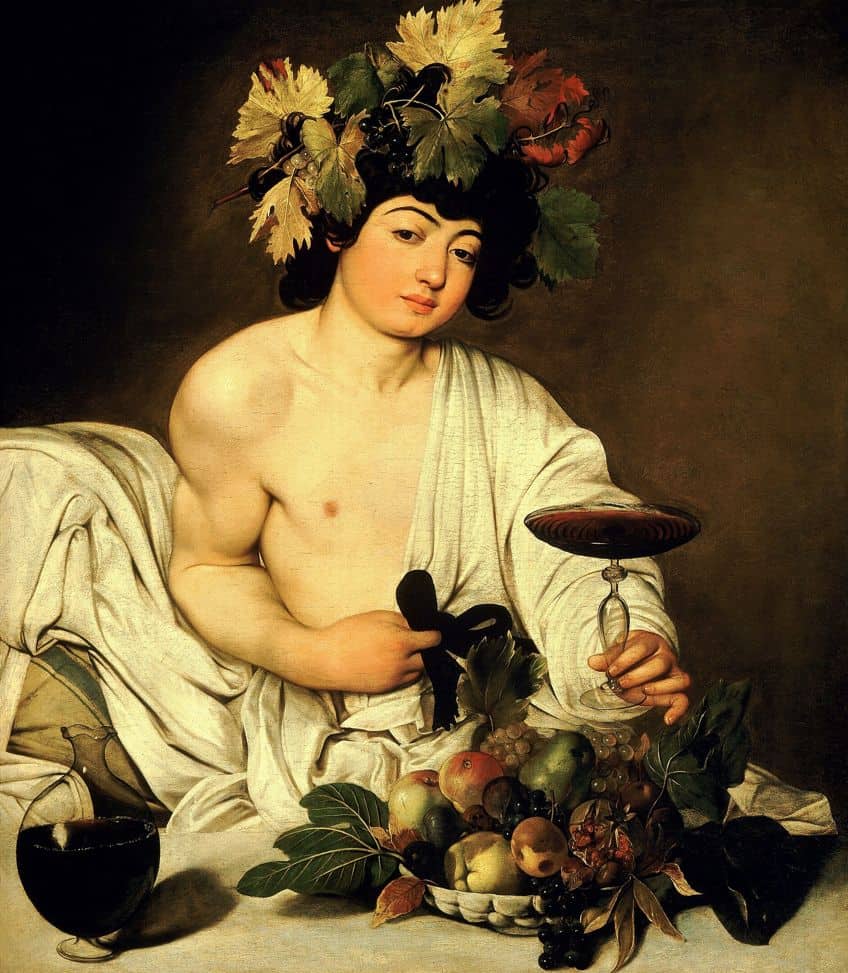
The painting of Narcissus analysis discussed, although briefly, one side of Caravaggio’s artistic oeuvre that explored a mythological subject matter. It also shone a light on one of the artist’s most notable techniques called tenebrism, which became one of his defining artistic trademarks, so to say.
With a mythological character such as Narcissus given life by Caravaggio, it comes as no surprise that as we gaze upon his reflection, we ultimately gaze upon another. This is a more unseen reflection that evokes questions about life and death, as well as moral ideas of vanity.
Frequently Asked Questions
Who Painted Narcissus?
The Renaissance/Mannerist painter, Caravaggio, painted the oil on canvas titled Narcissus (c. 1597 – 1599). It is held at the Palazzo Barberini, which is part of the Galleria Nazionale d’Arte Antica in Rome, Italy, and it measures 110 by 92 centimeters.
What Was the Meaning of Narcissus by Caravaggio?
The painting Narcissus (c. 1597 – 1599) by Caravaggio depicts the mythological tale of Narcissus who could not stop looking at his own reflection. It is believed that Caravaggio based it on Ovid’s iteration of the story in his poem, titled Metamorphoses (8 AD).
What Art Techniques Was Caravaggio Known For?
The painter famously known as Caravaggio was active during the High Renaissance and Mannerism art movements, and became popular for his artistic style of portraying dark and light in his paintings. This artistic technique is termed tenebrism.
Alicia du Plessis is a multidisciplinary writer. She completed her Bachelor of Arts degree, majoring in Art History and Classical Civilization, as well as two Honors, namely, in Art History and Education and Development, at the University of KwaZulu-Natal, South Africa. For her main Honors project in Art History, she explored perceptions of the San Bushmen’s identity and the concept of the “Other”. She has also looked at the use of photography in art and how it has been used to portray people’s lives.
Alicia’s other areas of interest in Art History include the process of writing about Art History and how to analyze paintings. Some of her favorite art movements include Impressionism and German Expressionism. She is yet to complete her Masters in Art History (she would like to do this abroad in Europe) having given it some time to first develop more professional experience with the interest to one day lecture it too.
Alicia has been working for artincontext.com since 2021 as an author and art history expert. She has specialized in painting analysis and is covering most of our painting analysis.
Learn more about Alicia du Plessis and the Art in Context Team.
Cite this Article
Alicia, du Plessis, ““Narcissus” by Caravaggio – Painting of Narcissus Analysis.” Art in Context. July 20, 2023. URL: https://artincontext.org/narcissus-by-caravaggio/
du Plessis, A. (2023, 20 July). “Narcissus” by Caravaggio – Painting of Narcissus Analysis. Art in Context. https://artincontext.org/narcissus-by-caravaggio/
du Plessis, Alicia. ““Narcissus” by Caravaggio – Painting of Narcissus Analysis.” Art in Context, July 20, 2023. https://artincontext.org/narcissus-by-caravaggio/.




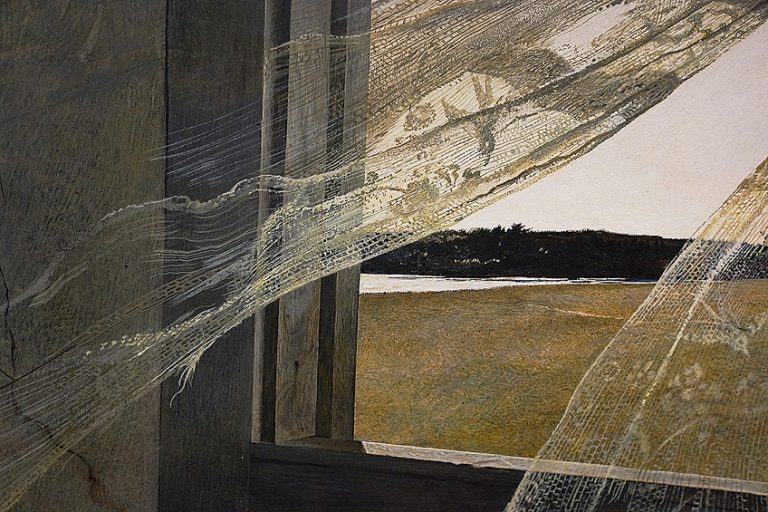
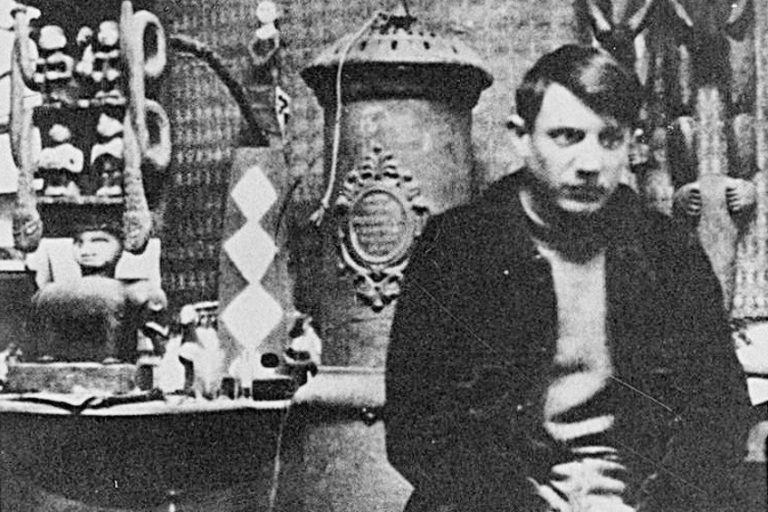
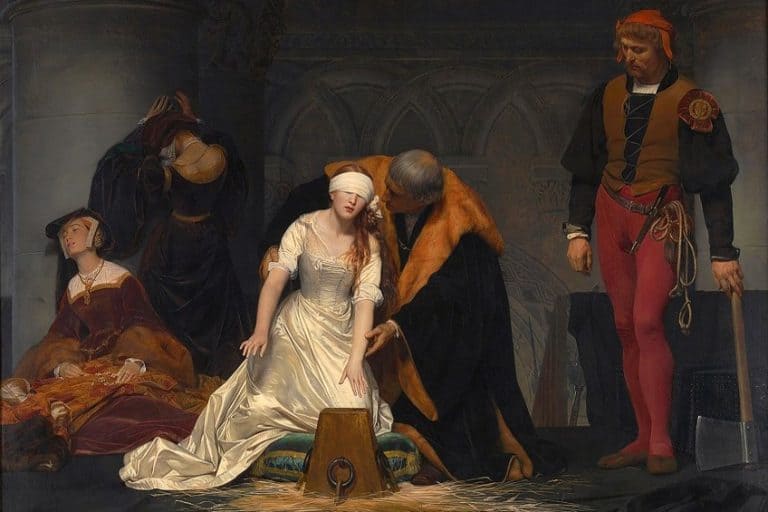


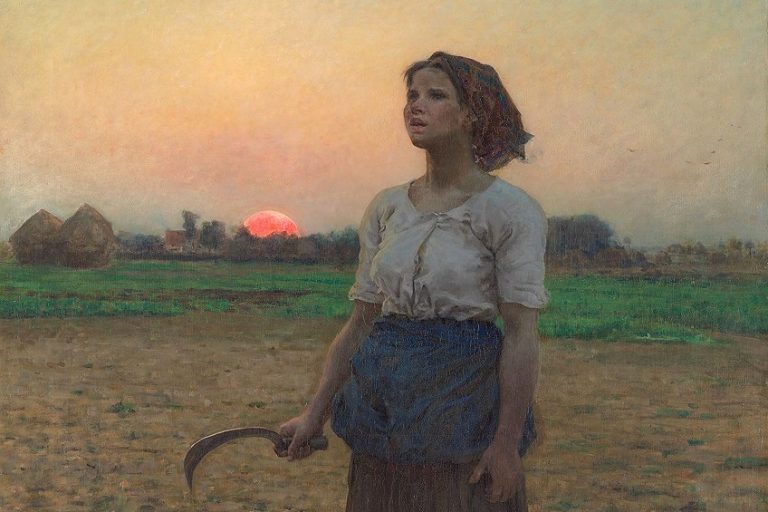


That is obviously not his exposed kneecap underneath him. Kneecaps don’t have noses.